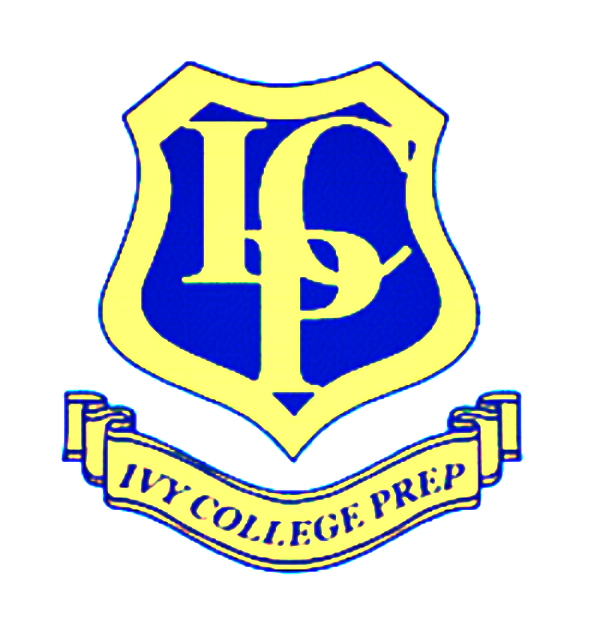The PISA, the triennial testing of 15-year-old students among 72 countries, revealed, once again in 2015that students from the United States are among the worst performing in reading comprehension and applying math and science concepts. Sample questions from recent PISAs can be found here.
The PISA, Programme for International Student Assessment, is sponsored by the OECD, the Organization for Economic Cooperation and Development, which consists of most of the European countries, Japan, Korea, and the US.
The US never has been a contender on the PISA since its first administration in 2000, yet in math, it usually performed at the OECD average. 2015’s OECD test average was 490; the US scored 470. 30 points equals approximately a full year of classes, making the US 2/3rds of a year behind the average OECD country. Compared to the average math student in Singapore, who scored 564, a comparable math student in the US is 3 1/3 years behind.
Singapore, by the way, was also the champion in reading with 535 to the US 497—the US is only 1 1/3rd year behind—and in science with a 556 to the US’s 496, two years behind.
The importance of educational attainment, as represented by the PISA scores, should not be underplayed. There is a strong correlation between educational attainment and economic growth. A 2003 international study by the European Commission indicates that if a nation’s educational attainment level increases by a single year, as mentioned--30 points on the PISA, aggregate productivity immediately increases by 6.2 percent with a further 3.1 percent increase over the long run.
More important is what higher educational attainment means to individuals. Lower attainment creates a ‘basic participant’ in the labor market, lacking coping strategies to adjust to employer needs and performing a job less competently. Those with midrange literacy and job specific skills become ‘mainstream participants’ performing their jobs reasonably competently but often having difficulties adjusting to changes in the workplace.
With high educational attainment, students gain high literacy and job-specific skills and advanced critical thinking skills enabling them to adapt to changes in the workplace, but better, to devise and innovate new products, services, and companies. The more such workers a country has the more productive its economy becomes. Beyond the economic rewards is the ability of individuals to perform at their highest levels with the possibility of achieving what is known in the Maslow hierarchy as self-actualization: a life well lived.
Where might the US turn to find a benchmark to improve its PISA efforts? Canada was 10th in math at 516, tied for2nd in reading at 527, and 7th in science at 528. While Canada’s educational system is controlled separately by each province and territory, the Ontario Ministry of Education began revamping its educational system in 2003. It sought to improve literacy, math, and the high school graduation rate. Individual schools were given the leeway to achieve these goals. Teachers were made accountable and their results were transparent and reviewed non-judgmentally. If a teacher struggled, administrators and peers intervened to impact success.
Ontario achieveda vast improvement of communication among the district schools, increased ‘cataloging and sharing best practices,’ and fostered teamwork.
Another possible benchmark is the Commonwealth of Massachusetts, which had a random sample of 1,600 students from 49 of its public schools take the PISA. It scored 527 in reading, the same as Canada and Hong Kong for 2nd place, 529 in science (one point above Canada), and 500 in math (16 points behind Canada).
A test, of course, is still a test. No test is necessarily going to confirm a person’s success or educational attainment. Yet tests indicate tendencies and statistical possibilities. Most want a national educational attainment trending upward. Possibly benchmarking, using best practices from the Commonwealth of Massachusetts or the Province of Ontario, will galvanize future US PISA performances: it certainly can’t hurt.

